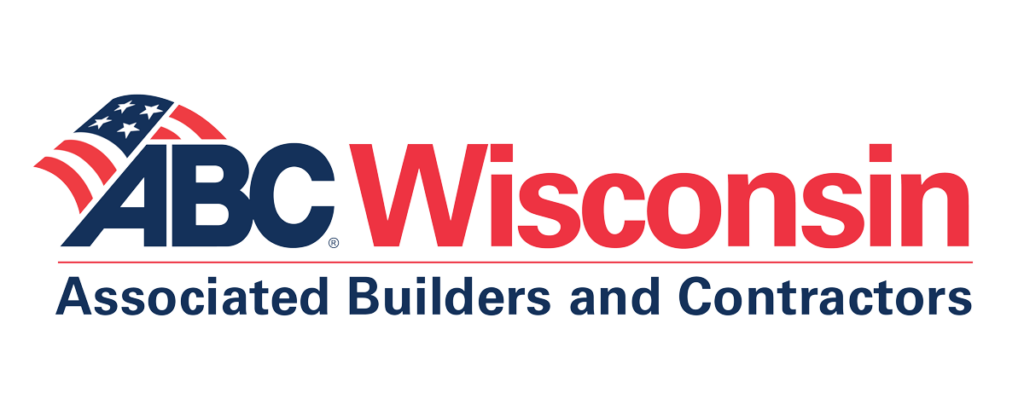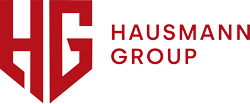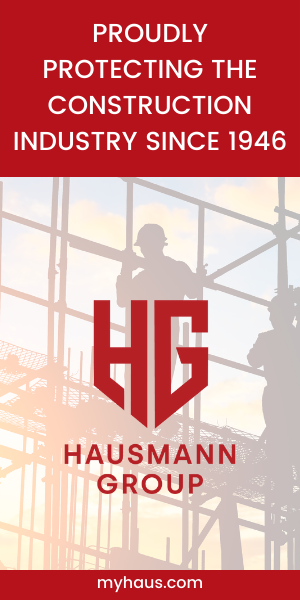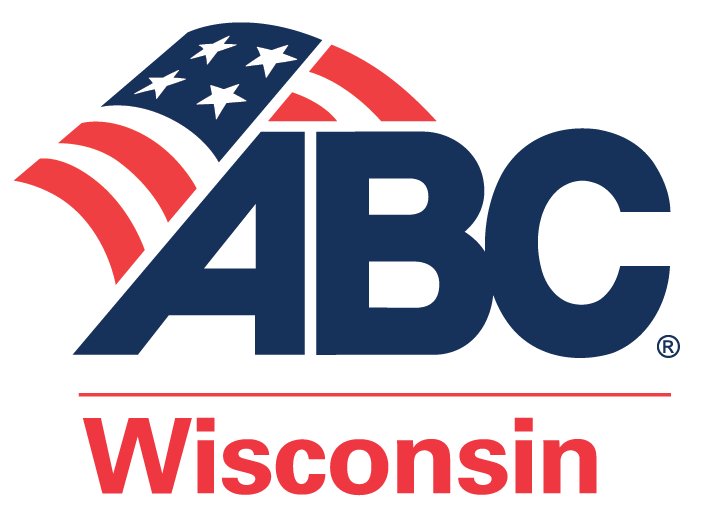by John Wallen and Dave Barthel, HUB International
Owners, operators, HOAs and general contractors alike are re-evaluating the structure of their buildings everywhere since the collapse of the Champlain Towers. Modern building codes and structural engineering safeguards including building assessments, monitoring and capital upgrades are designed to prevent such rare collapses.
Modern building codes and structural engineering have made U.S. buildings extremely safe places to live and work. That being said, continual maintenance and inspections are critical to the operations of any building, and the safety of all inhabitants.
While the collapse of the Champlain Towers was due to multiple yet undetermined factors, there are steps contractors can take right now — and can encourage their building owners and operators to take — that will reduce the risk of potentially catastrophic building damage.
- Know the signs of structural damage due to local weather, such as the damage salt water can cause to buildings near the ocean and look for it in your renovation and reconstruction projects. When you see it, advise the owner appropriately.
- Rely on third-party professionals for annual inspections. This includes the assessment of major structural components by proficient structural engineers. If it’s not your area of expertise, bring in a subcontractor that knows the subject matter. Take corrective action when issues are identified and document all maintenance or repairs to cover yourself in the future.
- Have inspectors and structural engineers sign off on building design changes, renovations or upgrades which may affect the building’s structure. Adding loading to a roof, moving walls or other changes can adversely affect a building. Go back and recheck these building elements. Re-inspect them if necessary and ask the responsible party to sign off on them.
- Offer to conduct post-event inspections following major weather events like hurricanes and other major storms to identify any damage, including even minor things like blocked drains which can lead to water ponding. This could be a new area of business opportunity as well.
- Monitor damaged building components. In high-rise towers, regular inspections should include identification of concrete spalling. Corrective action should be taken in places where concrete has fallen off or detached, especially in structural columns. If there is deterioration of reinforcing steel, immediately have a structural engineer determine the extent of damage.
- Identify and carefully monitor wall cracks. New buildings may settle, and therefore, should be monitored. Go back and revisit the older facilities you designed and built. If foundational cracks are present, do what you can to repair them. Make owners and operators aware of what’s happened and what you’re doing to fix the problem.
- Conduct an annual review of your business’ insurance policies. Business owners — yes, even contractors — are always looking to limit costs by reducing their building’s Property, Umbrella, General Liability and Director’s and Officers (D&O) overage. Instead, conduct a formal review of your insurance policies and coverage each year by a trusted insurance professional who understands your unique business risks. Repeat annually.
While these measures don’t guarantee a building will avoid catastrophe and your business won’t be liable, they will greatly reduce the risk and give building residents, owners, operators, HOAs and contractors peace of mind today and tomorrow.













